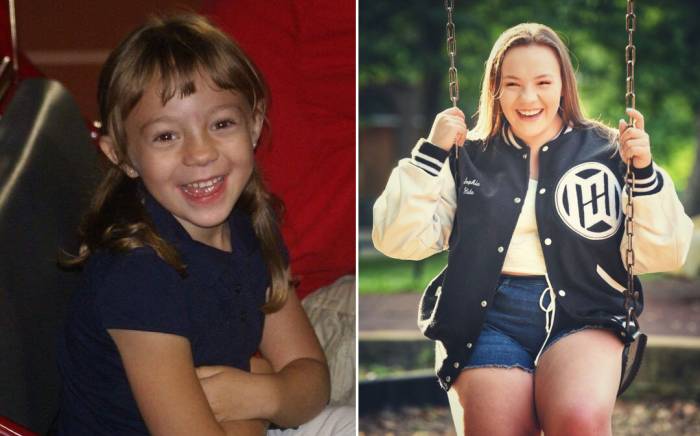WashU Medicine neurosurgeons at St. Louis Children’s Hospital are among the first in the nation to use an MRI-guided, high-intensity laser probe to treat epilepsy, and offer treatment using both FDA-approved systems: Visualase® and Monteris NeuroBlate®. This technology uses heat to permanently destroy, or ablate, brain tissue responsible for causing seizures. The advantages of laser ablation surgery for epilepsy include:
- Significantly less invasive access to the brain through tiny, precise incisions
- MRI guidance of the laser probe provides greater accuracy in destroying only unwanted tissue
- Actual laser treatment time of about 90 minutes compared to surgical times of four to six hours when traditional open surgery (craniotomy) is performed
- In many cases, discharge from the hospital the day following treatment
- Return to light activities within a few days of treatment and full normal activities within about two weeks
- Removal of only a small amount of hair
- A non-radiation alternative to Gamma Knife radiosurgery.
How does laser ablation surgery work?
During laser ablation surgery, neurosurgeons make a small incision called a burr hole in the skull. We insert a thin laser probe 2–3 millimeters in diameter into the openings and guide it through the brain to the site identified as the source of seizures. Once properly positioned, neurosurgeons use the probe and real-time magnetic resonance imaging thermography (MRIt) to heat and monitor the targeted tissue until it reaches a critical temperature and is destroyed.
In addition to allowing neurosurgeons to see the precise position of the probe, the MRI shows exactly what area is being heated and how much heat is delivered. This precision means surrounding healthy tissue is spared and the risk of damaging brain functions is reduced.
How do we target an area of the brain for laser ablation surgery?
Some patients have lesional epilepsy, which means they have brain lesions or malformations that have been present since birth that can be identified on an MRI. Those are the areas targeted for laser ablation or traditional open surgery.
Other patients have non-lesional epilepsy, which means nothing appears on an MRI scan to indicate where the source of the seizures is located in the brain. In these cases, patients may undergo a stereotactic electroencephalogram (sEEG) aided using the ROSA™ robotic surgical assistant. The ROSA technology allows neurosurgeons and epileptologists (neurologists specializing in the treatment of epilepsy) to make 3D maps of patients’ brains that help determine where to place electrodes and assists with guiding the electrodes into place. The electrodes then record brain activity and identify areas that could benefit from laser ablation.
Who can have laser ablation surgery?
Laser ablation surgery is used to treat small lesions and epilepsy focal points. Patients with drug-resistant, or intractable, epilepsy who are 2 years of age or older may be eligible for the procedure. Eligibility also depends on the location of the epilepsy focal point within the brain. The pros and cons of laser ablation surgery versus open surgery are considered on a case-by-case basis.
How do laser ablation surgery outcomes compare to open surgery?
The outcomes achieved with laser ablation surgery are comparable to those resulting from open, or craniotomy, surgery. Depending on the patient, that may mean seizures stop completely or seizures become less severe or happen less often.
In cases in which the laser treatment is ineffective, open (craniotomy) surgery remains an option.









